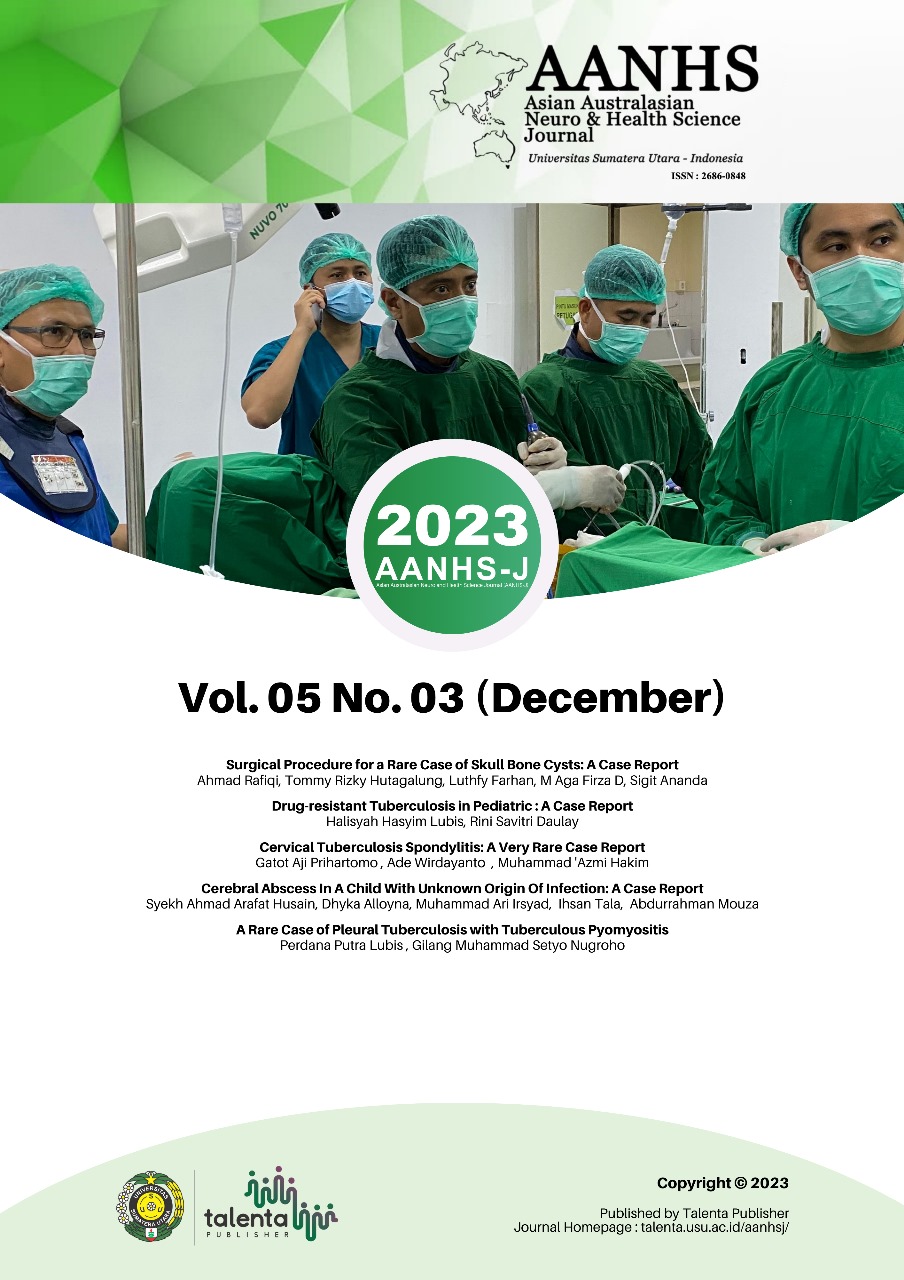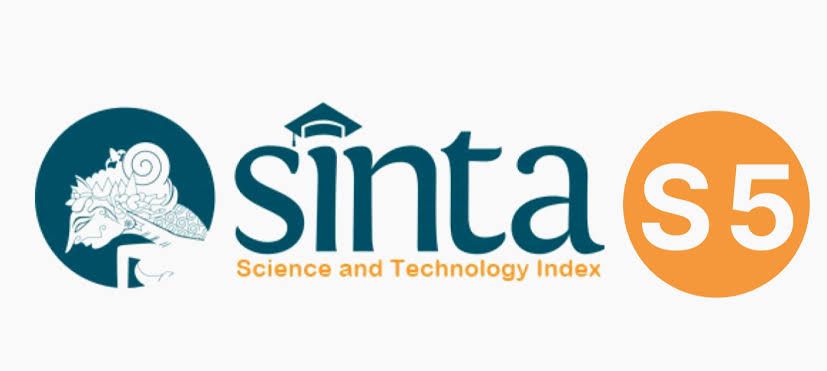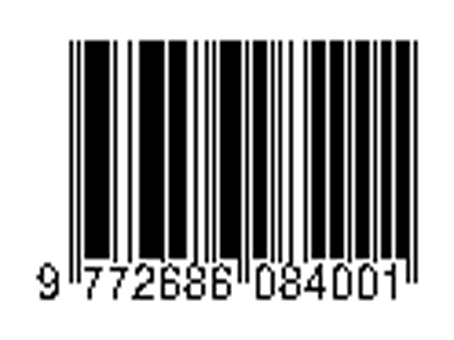Surgical Procedure for a Rare Case of Skull Bone Cysts
A Case Report
DOI:
https://doi.org/10.32734/aanhsj.v5i03.14331Keywords:
skull, bone-cyst, craniotomyAbstract
Introduction:
Bone cysts are inclusive of but not limited to the unicameral bone cyst (UBC) and aneurysmal bone cyst (ABC). UBC have a predilection for males (3:1). UBC make up 3% of primary bone lesions. Most UBCs are found in long bones, most common sites are proximal humerus and femurs, rarely found in flat bones (Skull). Cases of UBC observed following trauma are thought to occur due to intraosseous bleeding when bone organization or repair mechanisms fail.
Case Report:
Twenty-one-year-old male complained of headache, a history of traumatic brain injury. Motoric examinations show diminished motor function on the left side. CT Scan shows an expansile sclerotic lytic lesion on the right parietal bone. We diagnosed this case with a suggested Bone Cyst on the right parietal, and craniotomy tumor removal with a direct approach was performed. Thickened dura mater was identified, cleansed using NaCL and povidone-iodine, and drilled using a high-speed drill until flattened. The yellowish-colored bony lesion was discovered to contain a semi-translucent substance, the lesion was found to be a unicameral bone cyst.
Discussion:
UBCs are generally asymptomatic, and usually appear as lesions with lucent characteristics and small zones of transition. As a benign bone tumor, treatments are not required unless the lesion is large and symptomatic, due to the patient's symptomatic condition, craniotomy tumor removal was performed.
Conclusion:
UBC is a rare condition, that’s scarcely located in the skull. Post-operatively, the patient shows normal motor function and no complaint of pain. Craniectomy tumor removal and flattening of the dura mater using a high-speed drill is sufficient in treating this rare disease.
Downloads

Downloads
Published
How to Cite
Issue
Section
License
Copyright (c) 2023 Asian Australasian Neuro and Health Science Journal (AANHS-J)

This work is licensed under a Creative Commons Attribution-ShareAlike 4.0 International License.
The Authors submitting a manuscript do understand that if the manuscript was accepted for publication, the copyright of the article shall be assigned to AANHS Journal.
The copyright encompasses exclusive rights to reproduce and deliver the article in all forms and media. The reproduction of any part of this journal, its storage in databases and its transmission by any form or media will be allowed only with a written permission from Asian Australasian Neuro and Health Science Journal (AANHSJ).
The Copyright Transfer Form can be downloaded here.
The Copyright form should be signed originally and sent to the Editorial Office in the form of original mail or scanned document.













